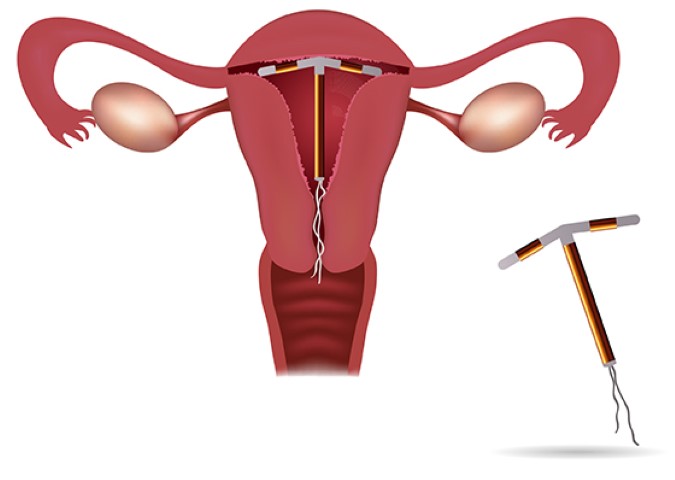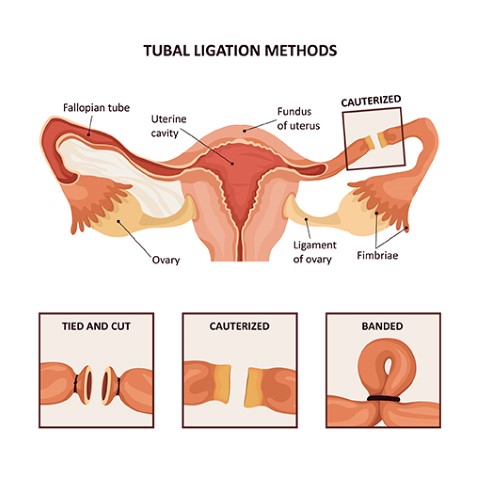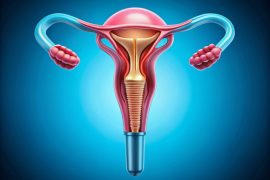Birth control or contraception is a technique used to prevent pregnancy. In simple terms, it helps in preventing a man’s sperm from reaching a woman’s egg by keeping them apart to prevent ovulation (egg formation). And, if you are considering using birth control (contraception), then it is paramount to have a detailed understanding of various methods available to pick the right one for you. The decision of which method of birth control to opt for is extremely personal and there is nothing called as best choice which is safest for all women or couples. Any woman should sensibly evaluate the risks and benefits, along with the effectiveness of each method before picking on a birth control method. Also, simultaneously consider protection from the risk of HIV and certain STDs (Sexually Transmitted Disease). A clear and open discussion with your health care professional can help in this decision process.
Let us now dive deeper into understanding various methods of birth control and their effectiveness.
There are two basic categories of birth control methods: Reversible and Permanent.
Reversible methods are the methods used when a woman chooses to temporarily avoid pregnancy. These are usually suggested by the doctor when a woman has plans to get pregnant in the future. Permanent methods are the methods that involve sterilization that prevents pregnancy permanently. A woman may decide to choose these methods when she is very sure of giving no birth to children henceforth.
Reversible Methods
1. Intrauterine Contraception: An intrauterine device (IUD) is a tiny T-shaped device that your doctor inserts into your uterus. The device contains copper or synthetic progesterone that prevents pregnancy. A progesterone IUD can remain in place up for several years and is 99% effective. IUDs do not prevent sexually transmitted diseases (STDs).



2. Hormonal Method: Basic hormonal methods includes implants, injections, contraceptive pills, patches, and the hormonal vaginal contraceptive ring.
– Implant: It consists of a single, thin rod that is inserted under the skin of a women’s upper arm which releases progestin into the body for over 3 years.
– Injection: Shots of the hormone progestin are given to Women every 3 months in the buttocks or arm.
– Contraceptive pills: These oral contraceptives contain the hormones estrogen and progestin. Prescribed by a doctor, this pill is taken at the same time every day. There are more than a few types of oral contraceptives available in the market and a health care provider helps to determine which type best meets a woman’s needs.



– Patch: A thin, plastic patch is placed on the buttocks, lower abdomen, or any side of the arm. That patch is responsible for releasing hormones through the skin into the bloodstream. A new patch is applied once a week for 3 weeks, and no patch is used on the fourth week to enable menstruation.
– Hormonal vaginal contraceptive ring: This thin, flexible ring (approx. 2 inches in diameter) is inserted into the vagina, where it releases hormones for 3 weeks. It delivers a combination of Ethinyl estradiol and a progestin. This method may not be recommended for women with certain health conditions like high blood pressure, heart disease, or certain types of cancer.
3. Barrier Methods: This approach consists of male condoms, female condoms, diaphragms or cervical caps, and spermicides in various forms including gels, foam, or tablets.
– Male condoms: This condom is a thin sheath that covers the penis to collect sperm and prevent it from entering the woman’s body. Male condoms are generally made of latex or polyurethane.



– Female condoms: Female condoms (also known as internal condoms) are thin, flexible plastic pouches that are inserted into the vagina before having sex. They also protect against unintended pregnancy and sexually transmitted infections (STIs).
– Diaphragms or Cervical caps: These are shallow, flexible cup made of latex or soft rubber that is inserted into the vagina before intercourse, blocking sperm from entering the uterus.
– Spermicides: They aim at killing the sperm cells. Usually applied within 1 hr of intercourse, spermicides come in several forms such as gel, foam, film, or a tablet. They are usually placed for 6-8 hours after the intercourse to rule out any possible pregnancy.
4. Fertility Awareness: This is another way to avoid pregnancy. Here you need to understand your fertility pattern and avoid sex on those days when you are fertile or use any other barrier method instead. This approach of birth control usually sees 75% and 96% effectiveness.



Permanent Methods
1. Female Sterilization – Tubal Ligation
In this method, a woman’s fallopian tubes are tied or closed so that the sperm cells don’t come in contact with the eggs. This procedure is effective and can be performed at a hospital or an outpatient center under the guidance of a doctor.



2. Male Sterilization – Vasectomy
This procedure prevents sperm from mixing with semen during ejaculation. This surgical approach blocks the path between testes and the urethra. The sperm doesn’t leave the testes and fails to reach the egg. It is observed that in some cases it can take as long as up to 3 months to see the full effectiveness of the procedure.






Talk to your doctor about the type of birth control method you choose and understand all the pros and cons in detail. There is no one standard procedure that is considered the best for all and hence it is important to consider your and your family’s needs to make the right choice.\




